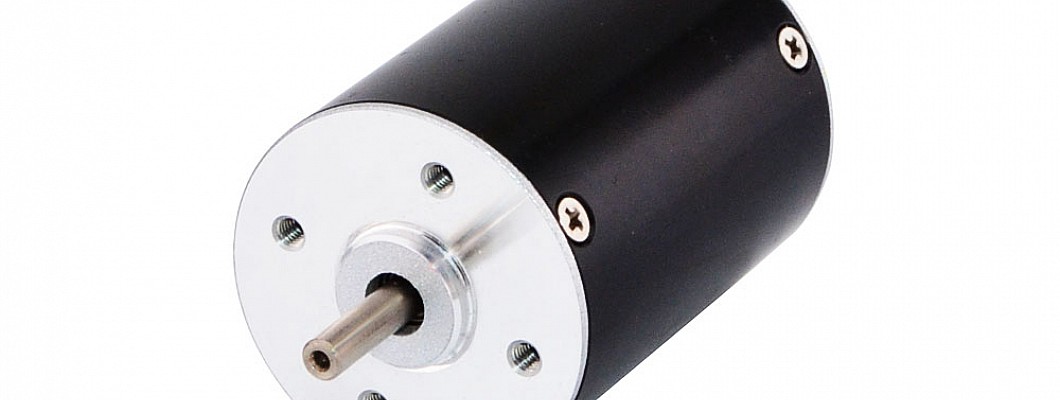
Preface: As we all know, stepper motors are often applied in industrial production equipment. But many people are not clear about whether the stepper motor is a DC motor or an AC motor, and whether the stepper motor is a brushless motor. It is safe to say that stepper motors are DC motors. However, as a special motor for control, the stepper motor cannot be directly connected to a DC or AC power supply, and must be used with a dedicated drive power supply. The stepper motor is actually a special brushless DC motor, but considered its special characteristics what the other brushless DC motor haven’t, it is no longer classified as a brushless DC motor.
1.Now lets come back to the first question: Is the stepper motor DC or AC?
The Stepper motor is not AC motors but DC motors. The stepper motor is a kind of induction motor. Its working principle is to use electronic circuits to convert direct current into time-sharing power supply, multi-phase sequence control current, and supply power to the motor. Only in this way can the motor work normally. And, the driver is to provide time-sharing power supply for the motor, multi-phase sequence controller .
Although stepper motors have been widely used, such motors are not as common as DC motors and AC motors are used routinely. It must be used by a control system composed of a double-ring pulse signal and a power drive circuit. Usually the rotor of the motor is a permanent magnet. When the current flows through the stator winding, the stator winding generates a vector magnetic field. The magnetic field will drive the rotor to rotate at an angle, so that the direction of a pair of magnetic fields of the rotor is consistent with the direction of the magnetic field of the stator. When the stator’s vector magnetic field rotates an angle. The rotor also turns an angle with this magnetic field.
Whenever an electrical pulse is input, the motor rotates an angle and advances one step. The angular displacement it outputs is proportional to the number of input pulses, and the rotational speed is proportional to the pulse frequency. Change the order in which the windings are energized, and the motor will reverse. Therefore, the rotation of the stepper motor can be controlled by controlling the number of pulses, frequency and the energization sequence of each phase winding of the motor.
2. Is the stepper motor a brushless motor?
The stepper motor is actually a special brushless DC motor, but the stepper motor has special characteristics and is no longer classified as a brushless DC motor. Compared with brushless DC motors, stepper motors can accurately control the position and speed of the motor without feedback, but brushless motors cannot; under the same size, the output torque of stepper motors is relatively large, but high-speed torque No; the stepper motor rotates step by step, and the noise is higher than that of the brushless motor; usually, the efficiency of the stepper motor is lower than that of the brushless motor, so the heat generation will be larger. In fact, the main difference between stepper motors, DC motors and brushless DC motors is the driving method.
The stepper motor moves step by step, adopts direct control mode, and its main command and control variable is the step position. Primarily operating in “open loop mode”, the stepper motor is directly driven by a single pulse voltage, requiring no Hall element positioning. By controlling the number of pulses added to the motor, the angle of rotation can be precisely positioned.
3. DC motors usually adopt a continuous motion control method, with the motor voltage as the control variable and the position or speed as the command variable. A feedback control system is required, which will indirectly control the motor position. The speed of the brushless DC motor is higher than that of the stepper motor.
4.Due to the different driving principles, generally brushless DC motors are used in occasions where the control accuracy is not high. Stepper motors are used where control precision is required.





















































